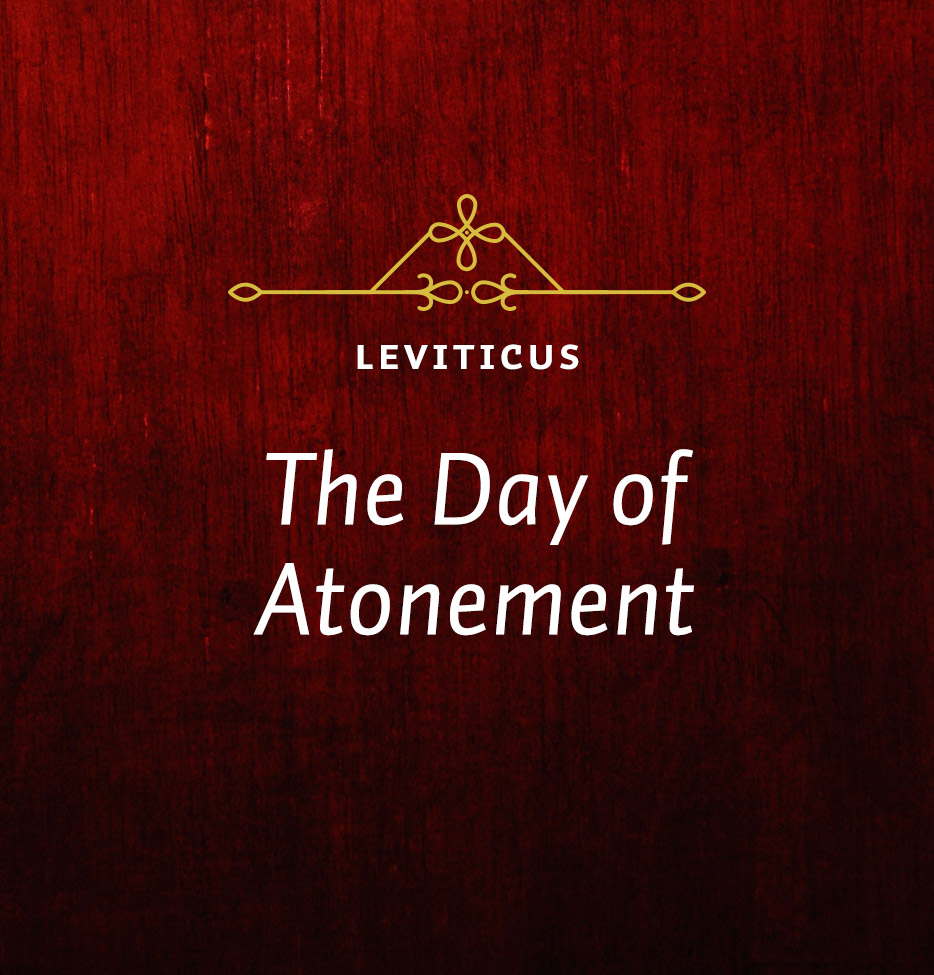The third of these feasts is the Feast of Weeks, and this one commemorated the wheat harvest. It’s also called the Feast of Harvest (see Ex. 23:16) and was celebrated with the firstfruits of the wheat harvest. It was observed seven weeks and one day after the Sabbath that followed the Passover. Seven weeks and one day is fifty days, which is why it came to be called Pentecost (which means “fiftieth” in Greek). This is significant in the New Testament because it was at Pentecost that the Holy Spirit came to inaugurate the church age. In other words, here you have a harvest festival called Pentecost, and it was then that the Holy Spirit comes to indwell believers, which pointed to the great harvest of salvation among Jews and Gentiles that is going to take place.
The fourth feast is the Feast of Trumpets. This was a special day of rest that was held on the first day of the seventh month, which is Tishri, and is exactly halfway through the Jewish calendar. It didn’t seem to have any particular religious significance; that is, there were no special sacrifices connected with it, and it’s not tied to any special historical event. But it did inaugurate a number of other feasts or festivals that took place during that month, including the Day of Atonement and the Feast of Tabernacles.
The Day of Atonement occurred ten days after the Feast of Trumpets in the seventh month. Because of the nature of this day, being a time of self-examination and repentance of sin, the people didn’t travel up to Jerusalem. Doing that would have turned it into a celebration and a festival, and it wasn’t that kind of an event. The Israelites stayed home while the sacrifices that are described in such detail in Leviticus 16 took place.
In Leviticus 23, where all of these holy days are listed, the Day of Atonement is described from the standpoint of the Jewish worshiper. The chapter stresses fasting and cessation of work. It was a holy Sabbath to the Lord, in fact, the holiest day of the year. In Leviticus 16, the same day is described from the point of view of the priest, telling him what he is to do and what kind of sacrifice he is to offer. And it’s the same today. The Day of Atonement, better known now as Yom Kippur, is still the holiest day of the Jewish calendar.
The last feast is the Feast of Tabernacles, also called the Feast of Booths. It occurred in the fall of the year, at the very end of the growing season. Thus, it was what we would call a thanksgiving festival. The people built little booths outside, and they stayed in them for the seven days of the festival. This was done to remind the Israelites of those years they were wandering in the wilderness, and how the Lord provided for them and sheltered them.
What sets the Day of Atonement apart from the other holy days? The important difference to note here is that it was on this day that sacrifices were made for the entire nation. All the other sacrifices we’ve looked at (and we’ve looked at quite a few of them), were individual sacrifices: one worshiper making a sacrifice for his sin. Sometimes it was a burnt offering, sometimes a sin offering, sometimes a peace offering, but it was always for an individual’s sins or the sins of his family. The Day of Atonement is the only time in the year when sacrifices were offered for the sins of the entire nation.
Now that’s an important step forward in God’s revelation of the doctrine of salvation in the Old Testament. When Adam and Eve sinned in the Garden of Eden, God came and taught them the way of salvation by the sacrifice. They had sinned. God had said they would die on the day they ate of it. The wages of sin is death. But they didn’t die. What happened is that God offered the animal sacrifices instead. So for the very first time they saw what death really was, and they understood that these animals were dying in their place. So you have the principle of substitution. We understand very well it points forward to the coming of Jesus Christ. But at that stage of the revelation, it was one animal for Adam and one animal for Eve, and they were clothed with the skins of the animals.
Years later, at the time of the Passover, God commanded Moses to inform the people that each family was to take a lamb and examine it for three days. Then, on the night of Passover, they were to kill the lamb and spread its blood upon the doorposts and lintel of the house so that the angel of death would pass over and the firstborn wouldn’t die. It was one lamb given for a family. Here, in Leviticus 16, on the Day of Atonement, one animal that is sacrificed for the nation.
That’s a great progression, isn’t it? One lamb for an individual, one lamb for a family, and one lamb for a nation.






